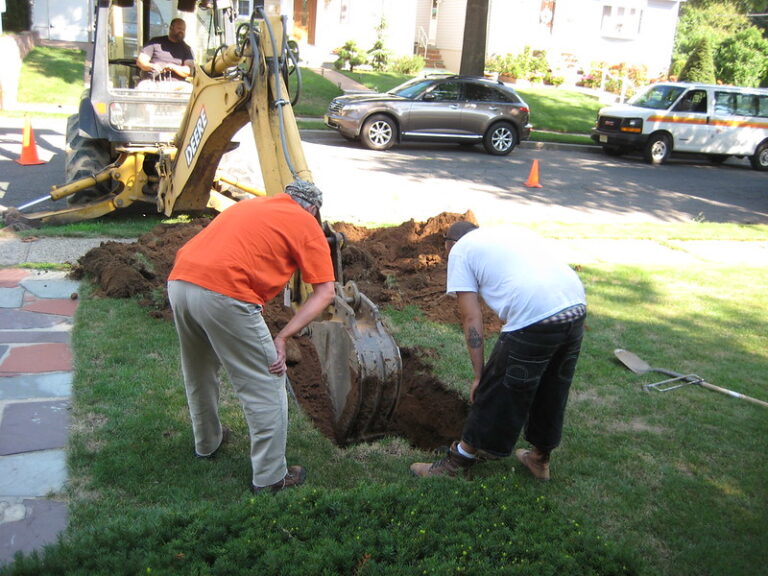
Unlocking the Secrets of Heavy Duty Wheels – A Comprehensive Guide
There are numerous options when it comes to selecting a heavy-duty wheel. They must support a high load capacity, be rugged enough for rough environments,, and have low rolling resistance.
This guide will review the key features of industrial wheels for heavy loads. It will also examine how these wheels are used in various industrial setups.
Durability
When you’re dealing with large loads, durability is a vital factor. Heavy-duty wheels are built to withstand weight and extreme wear and tear. They’re also designed to handle hot and cold environments.
Using the wrong wheel type for your work environment can significantly reduce their lifespan. For example, using a nylon or polyurethane wheel on a gritty workshop floor will cause them to break down much faster than on a smooth office floor.
Durability also includes the material a wheel is made from and its tread design. For example, a rubber wheel is softer and can roll over physical barriers without causing damage. While a hard, non-resilient wheel will embed debris and cause flat-spotting on the floor.
Weight Capacity
Moving heavy loads in industrial environments requires specialized wheels to meet capacity and environmental demands. This means looking beyond an elemental caster and finding a wheel that can support the load, be powered to move along a rail or track and have controls for movement across your factory.
Using a heat-treated steel bracket, these wheels can support a broader weight range and provide lifetime durability. They also work well on hardwood floors and textured surfaces without leaving marks or creating squeaky noise.
Waste collection operations rely on heavy-duty wheels to maneuver garbage bins across communities and into landfills. These wheels can handle varying loads and help to make the collection process more efficient. Freight operations use extra-heavy caster wheels to ease truck cargo the loading and unloading.
Rolling Resistance
When a wheel or tire rolls on a surface, it experiences a force known as rolling resistance that opposes its motion. The non-elastic deformation of the tire and roadbed, friction, micro-sliding, and internal damping causes it. The energy dissipated in these processes is called hysteresis, the primary source of the power loss that inhibits forward momentum.
As the radius and speed of a wheel increase, the tire’s rolling resistance also increases. The rubber compound used, the inflation pressure, and the temperature all affect the rolling resistance. Underinflated tires (by more than 20% from the recommended pressure) experience a significant increase in rolling resistance. This is because the hysteresis losses are more significant, resulting in higher temperature values.
Tread Material
Heavy-duty caster wheels can be manufactured with different tread materials, depending on the environment they will be used in. Wheels made from more complex materials, such as phenolic or solid elastomer, tend to collect staples, metal particles, and other floor debris that embed in the rugged tread, making them less forgiving on rough floors. This can result in the wheels gouging the floor and causing damage to equipment.
Tread material also affects roll-ability, which refers to how easy a load is to maneuver. Larger wheels generally have higher roll-ability than smaller ones, but this may also depend on the size of the tread and the traction it provides.
Design
Choosing the right wheels to support your heavy load requires more than determining their capacity and design. You need to understand how they will be used and in what environments.
For example, airplane hangar doors require specialized heavy-duty casters to support their weight. Helicopter landing dollies also rely on these wheels to maneuver the helicopter after landing. These heavy-duty casters may be of the rigid or swivel variety, but often, a combination of both is ideal. Rigid casters provide a stable footing, while swivel casters facilitate maneuverability.
Finding a manufacturer that can deliver complete solutions for your needs is essential. This will ensure you have all the modular components to create a powered wheel system for your application.


